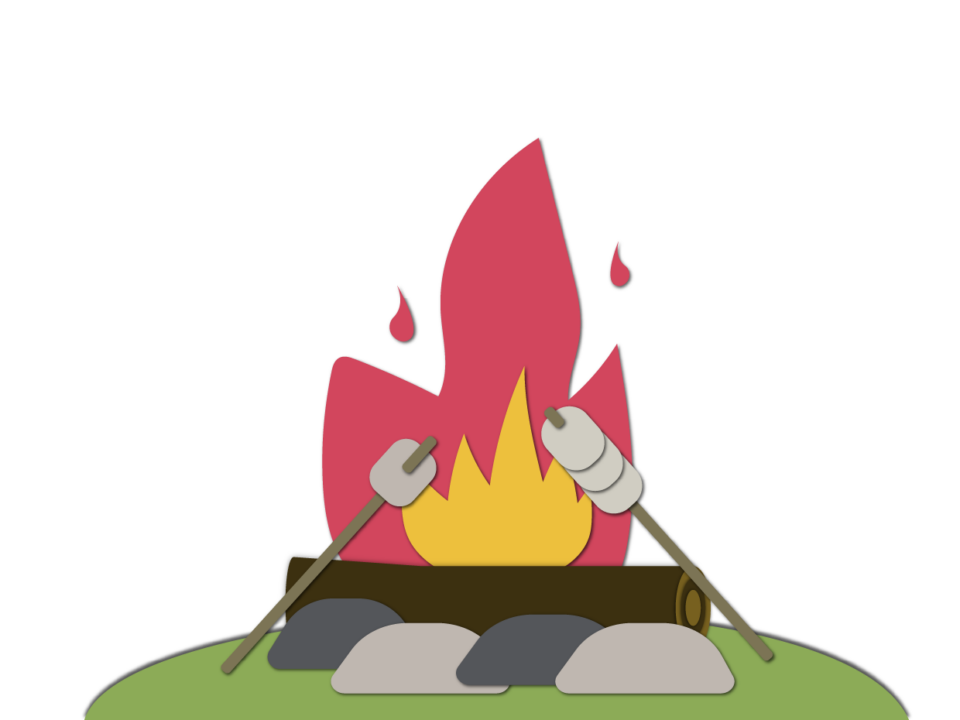Generally, the higher the potential return of an investment, the higher the risk. There is no guarantee that you will actually get a higher return by accepting more risk.
On this page you’ll find
Diversification enables you to reduce the risk of your portfolio without sacrificing potential returns. Once your portfolio has been fully diversified, you have to take on additional risk to earn a higher potential return on your portfolio.
Understanding risk and return
Some investments are riskier than others – there’s a greater chance you could lose some or all of your money. GICs and bank deposits carry low risk because they are backed by large financial institutions. With GICs and deposits you also have the additional protection of deposit insurance on amounts up to $100,000 if your financial institution goes bankrupt. With these low-risk investments you are unlikely to lose money. However, they have a lower potential return than riskier investments and they may not keep pace with inflation.
Over the long-term, bonds have a potentially higher return than CSBs and GICs, but they also have more risks. Their prices may drop if the issuer’s creditworthiness declines or interest rates go up. Learn more about the risks of bonds.
Stocks have a potentially higher return than bonds over the long term, but they are also riskier. Bond investors are creditors. As a bond investor, you’re legally entitled to fixed amounts of interest and principal and are repaid in priority if the company goes bankrupt. However, if the company is successful, you won’t earn more than the fixed amounts of interest and principal. Shareholders are owners. As a shareholder, if the company is unsuccessful, you could lose all of your money. But if the company is successful, you could see higher dividends and a rising share price.
Some investments, such as those sold on the exempt market are highly speculative and very risky. They should only be purchased by investors who can afford to lose all of the money they have invested.
The equity premium
Treasury bills issued by the Canadian government are so safe that they are considered to be virtually risk-free. The government is unlikely to default on its debt because it has the power to raise revenues through taxes and to print money.
At the other extreme, common shares are very risky because they have no guarantees and shareholders are paid last if the company is in trouble or goes bankrupt.
Investors must be paid a premium, in the form of a higher average return, to compensate them for the higher risk of owning shares. The additional return for holding shares rather than safe government debt is known as the equity premium. This Interactive investing chart shows that the average annual return on treasury bills since 1935 was 4.5%, compared to a 9.6% return on Canadian stocks. Consequently, the historical equity premium was approximately 5% per annum. However, past returns are not always an indication of future performance.
Risk needs to be considered at all investing stages and for different goals.
Take action
Use this chart to see the risk-reward trade-off of different types of investments.
